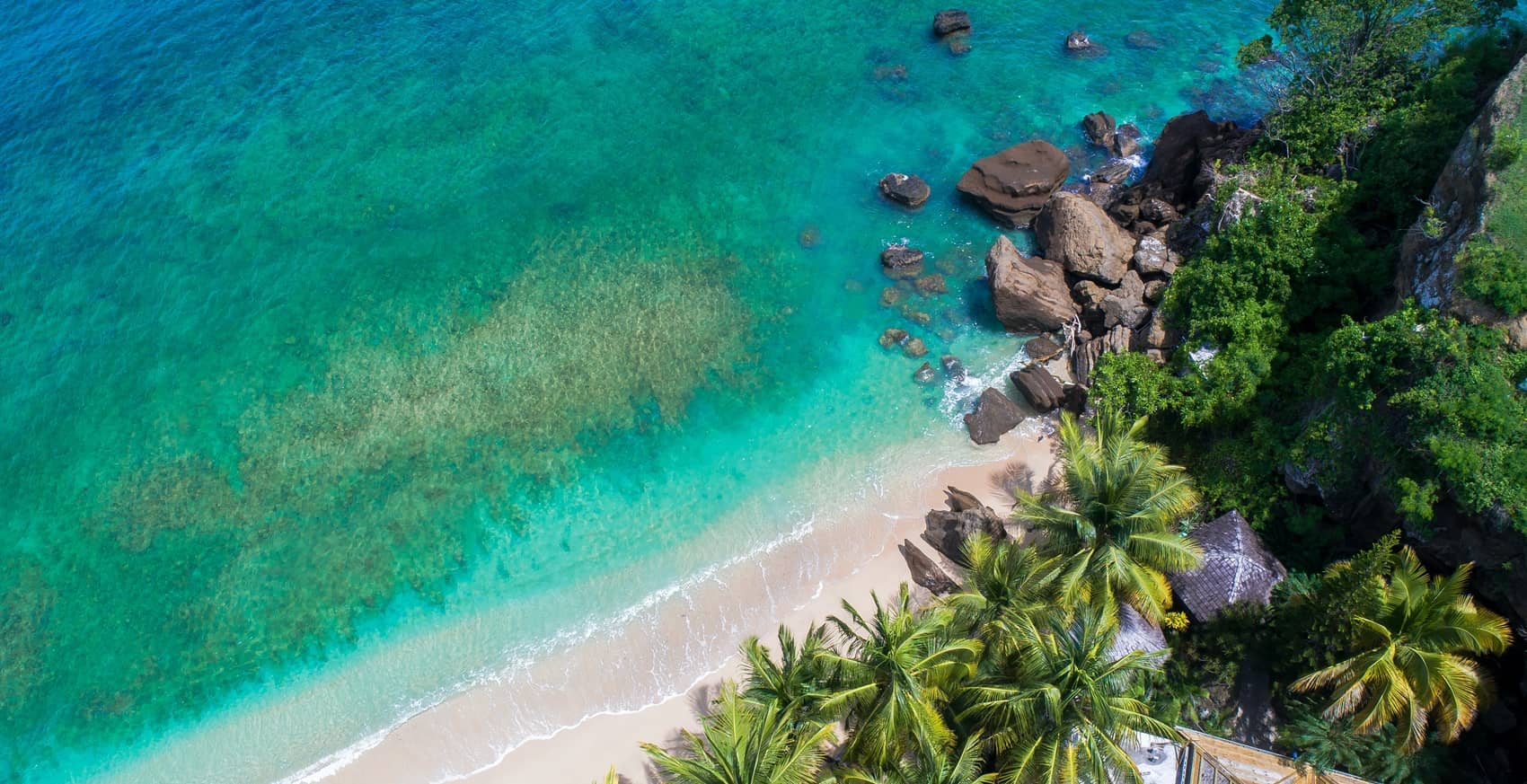New High Seas Treaty Provides a Pathway to Increased Protection of Marine Areas
Statement by the Caribbean Climate-Smart Accelerator
High Seas Treaty
To the relief of negotiators and decision-makers following days of negotiations lasting deep into the night, a new high seas treaty was agreed upon by the world’s national governments on March 5, 2023. The agreement itself pertains to Biodiversity Beyond National Jurisdiction (BBNJ). Each country has an Exclusive Economic Zone (EEZ) that spans 200 nautical miles from its shores and delineates its oceanic borders. Nations are able to govern within this EEZ, and any type of marine traffic that crosses through is therefore beholden to the laws of the associated country. As such, roughly 40% of the ocean is under the jurisdiction or governance of the world’s governments – the BBNJ is now expected to help create a framework for the remaining international waters.
The agreement establishes a new United Nations body that will be responsible for implementing the text. A negotiation twenty years in the making, the BBNJ will build upon the UN Convention on the Law of the Sea (UNCLOS) that was originally ratified in Montego Bay, Jamaica in 1982. The BBNJ is heralded as one of the strongest legislative tools to be agreed upon and will provide lawmakers with the ability to create marine protected areas (MPAs) in international waters, outline frameworks for collaboration in monitoring and protecting these areas as well as several other key governance issues. It is for this reason that it has been tied to the UN Convention on Biodiversity target of protecting 30% of the world’s lands and oceans by 2030 that was itself agreed upon in the final weeks of 2022.
The 30 by 30 Target
Co-chaired by Costa Rica and France, the 30×30 target became a rallying call for countries in the Global South who disproportionately face the impact of climate change, yet hold a vast majority of the world’s biodiversity. The Caribbean Climate-Smart Accelerator (CCSA), along with the Caribbean Biodiversity Fund (CBF) and Organization for Eastern Caribbean States (OECS) were part of the campaign to engage regional stakeholders and governments to support the 30×30 target, which emulates the 20×20 goal that Caribbean countries had previously achieved independently.
Several countries and territories took part in the 20×20 goal, including the Bahamas, British Virgin Islands, Dominican Republic, Grenada, Haiti, Jamaica, Puerto Rico, Saint Kitts & Nevis, Saint Lucia, Saint Vincent & the Grenadines and the U.S. Virgin Islands. The Caribbean community’s willingness to protect their environment will play a large role in our success in implementing the 30×30. The ability to tackle biodiversity loss and tackle climate change was already a major selling point before adding the economic benefits, which included:
- Safeguarding 500 gigatonnes of carbon stored in vegetation and soils;
- Reducing the risk of zoonotic disease outbreaks like COVID-19;
- Supporting 30 million jobs and US$500b of GDP in ecotourism and sustainable fisheries; Restoring depleted fishing grounds and fish populations by 600 per cent; and
- Increasing food security and improving local economies.
The ambition of this target was not lost on lawmakers and activists alike, considering roughly 17% of all land and 8% of oceans are protected. Oceans in particular have proven difficult to manage, especially past countries’ respective EEZs, where illegal fisheries operate with little oversight and biodiversity is difficult to conserve without proper legal frameworks. As such, an agreement on the BBNJ has made this target more likely to succeed.
Limitations and Outlook
While reported as being directly linked to the BBNJ, there is no mention of the 30×30 target within the text, as the agreement itself deals with overall governance. Policy and Strategy Advisor for Alliance of Small States (AOSIS) Angelique Pouponneau noted live from the negotiations in New York that both milestones while intrinsically related cannot be conflated, and that key decisions on funding for monitoring of high seas areas are not settled. “This is not a silver bullet, it’s a raft to help us navigate the open ocean, this area beyond national jurisdiction,” explains Jeremy Raguain, the climate change and ocean adviser for Seychelles Permanent Mission to the United Nations. In the immediate future, the agreements on the 30×30 and BBNJ showcase a global shift towards protecting our common ocean resources, but it still remains to be seen how each agreement is implemented and to what extent they lean on each other.
__
About the Caribbean Climate-Smart Accelerator:
Our central objective is to help transform the region’s economy by fast-tracking sound public and private investment opportunities that support climate action and economic growth through sustainable development. Drawing on the deep experience of our nations and institutions, a group of twenty-eight visionary Caribbean Governments, alongside some of the largest global companies, financial institutions, and foundations have joined the Accelerator to make the Caribbean a beacon of climate-smart development.






